3 DAYS IN ROME – Capital of Italy, the eternal city, city of magic, history, and passion. Any trip to Italy would be incomplete without exploring Rome. You could easily spend a few weeks there, and still haven’t seen everything. There is so much to see, and so little time (as usually, not everyone has the opportunity to live in Rome for a couple of weeks). But, I have you covered in case you want to see the best Rome has to offer in three days.
The full Guide to Italy’s capital – How to spend 3 Days in Rome
Three days in Rome is just enough to realize you want three weeks, or even months. Unfortunately, our time is (often) limited and hence, we need to decide what to do, and what to skip.
I promise, this three day itinerary will show you the beauty of the eternal city, and make you come back very soon.
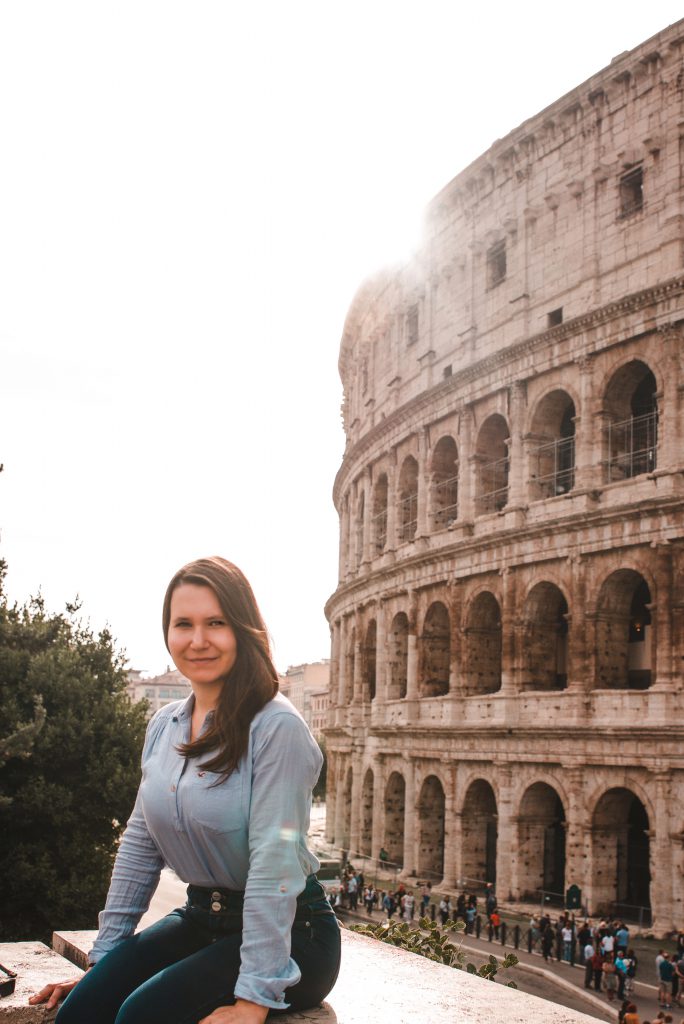
3 Days in Rome Overview
DAY 1 / City Center
DAY 2 / Ancient Rome
DAY 3 / Vatican City & getting lost in Trastevere
Free map included at the bottom!
Why go to Rome?
- Impressive sights, historic buildings, charming piazzas and colorful streets
- Tasting superb pasta & pizza, washed down with local wine
- Sheer excitement of daily life in Rome
- Exploring the city after dinner at night
- Experiencing Rome’s past
Day 1 / City Center
Explore the city center of Rome during your first Day in Italy’s capital city. You will explore some unknown things off the beaten path as well as some of the popular sights located in the heart of Rome.
Spanish Steps
Let’s start the day at the iconic Spanish Steps. Sure, it’s ‚just‘ a stairway, but the steps are the most popular in the world, I guess.
It’s a great place to enjoy your morning Espresso. There will be a million other people there, unless you go in the early, early, early morning. But still it feels so Roman to be there, be in the midst of the city and just forget everything else.
Moreover, it is the perfect spot for people watching during the day, but even in the morning (we went around 6am) there are a lot of people trying to get the perfect snap.
Spanish Steps | 24 hours | free | Location
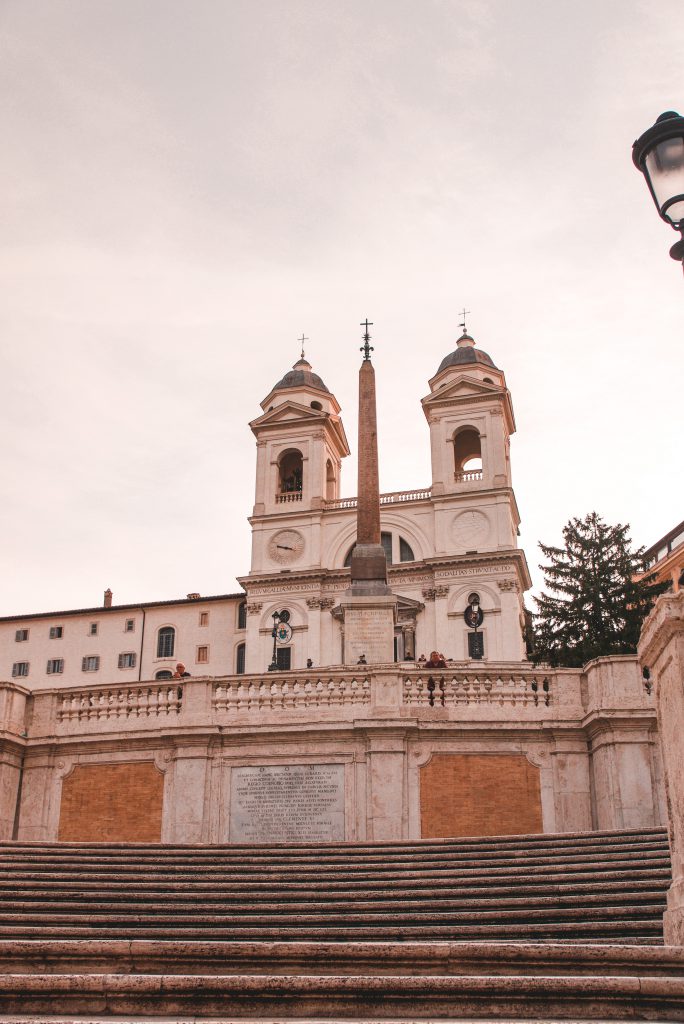
Trevi Fountain
Another really {really!} busy spot. I’d say that you don’t need to get here at 5pm, unless you really love totally over-crowded places. The Baroque marble fountain with the figure of Neptune is the most popular fountain in Rome, and is undoubtedly one of the most impressive sights I’ve ever seen.
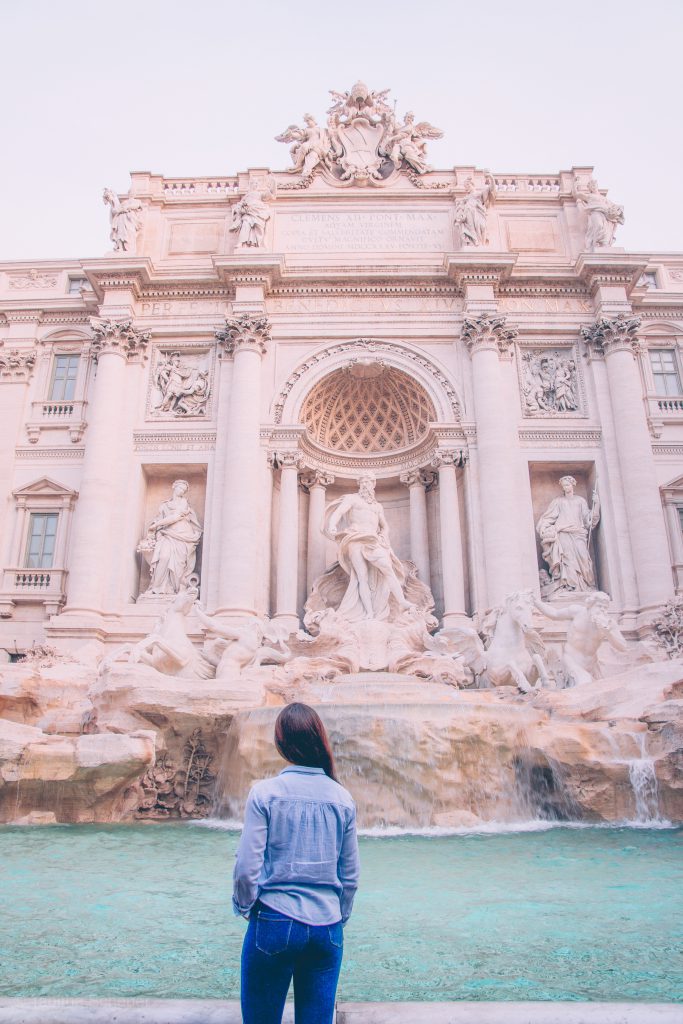
Although there are many impressive monuments in Rome, and Italy in general, it had something magical to be there. I admit, I always had a weakness for Neptune, but somehow it felt so unreal to stand in front of the Fountain. Especially when you get up early and visit it around sunrise.
The famous tradition of the place is to stand with your back to the fountain and throw two coins into it, believing that each coin will fulfill one’s secret wishes: First, to return to Rome of course. Second, each one’s personal wish. So basically, throw all your pennies in, because seriously, who wouldn’t want to go to Rome again?
Trevi Fountain | 24 hours | free | Location
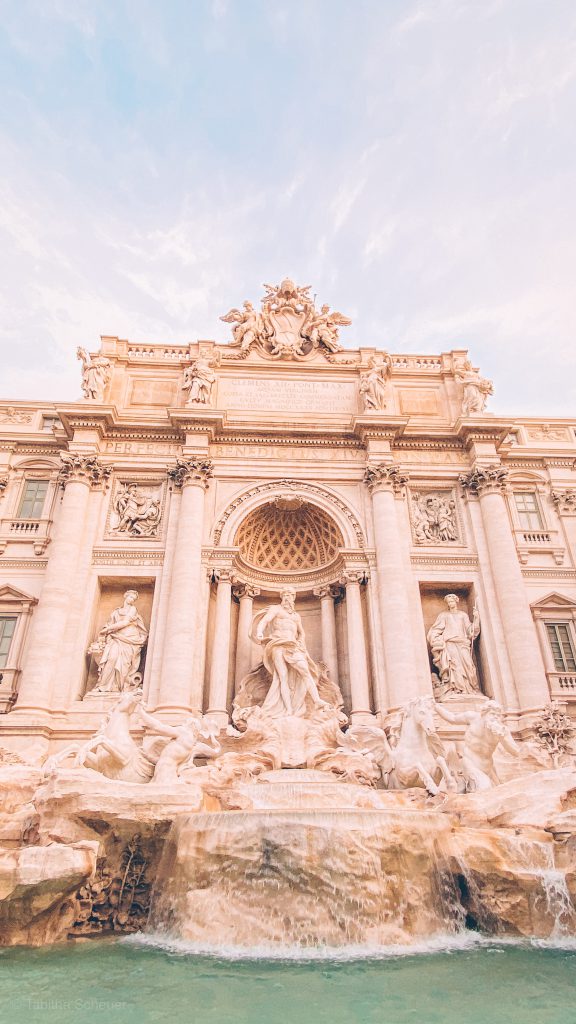
The Pantheon
There are so many magnificent, unbelievable, stunning, beautiful, unique places in Rome. Every time I walk past an old building, I thought about how mind-blowing it is that they built such beautiful structures and buildings so many years ago.
I mean, seriously. The Pantheon is one of the oldest churches in Rome, and I still cannot believe that this impressive monument is older than 2.000 years already. Initially, it served as a Roman temple, and was later on converted into a catholic church.
The magnificent design, perfect proportions and harmony of the building reflect the extraordinary architecture that characterized the Roman Empire back in the days. I truly love everything about it.
Pantheon | 08:00-19:15 Mon-Sun | free | Location
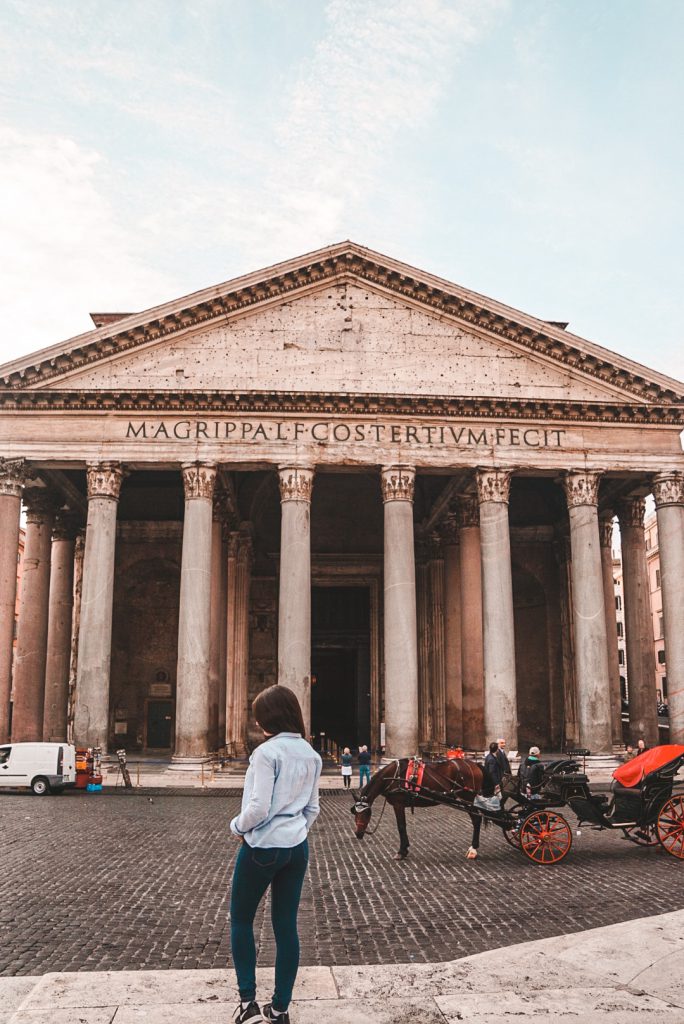
Campo de‘ Fiori
The market at Campo de‘ Fiori is one of the oldest markets in Rome. It is definitely worth stopping by during the day, and the night. During daytime, it is a vibrant market filled with seasonal fruits, vegetables, pasta and spices. By night, it’s quite lively with people drinking from bottles of wine and sitting on the stairs around the piazza.
Campo de‘ Fiori | 24 hours | free | Location
Piazza Navona
Three impressive fountains, busting cafés, and hundreds of people filling the Piazza with life. It is one of the most beautiful squares in Rome. We accidentally went past by it in the morning and then came back after breakfast. It was incredible, how different the Piazza looked like. In the morning, it’s been a really quiet, beautiful place and only a few hours later, it turned into a lively Piazza full with people enjoying coffee, chatting and taking pictures.
Piazza Navona | 24 hours | free | Location
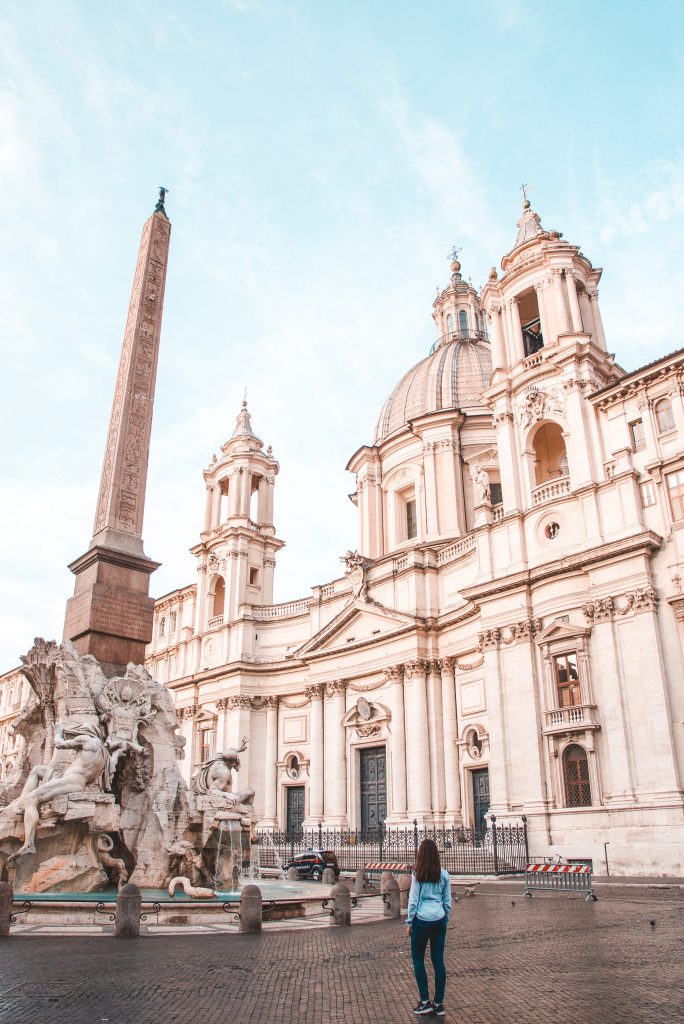
Via dei Coronari
And the price for the most beautiful street in Rome goes to: Via Dei Coronari. It is one of these streets that give you the ‚yes, I’m in Rome‚-feeling. With picturesque shops, artisan cafés and lovely renaissance buildings, this street is definitely worth strolling around.
Via dei Coronari | 24 hours | free | Location
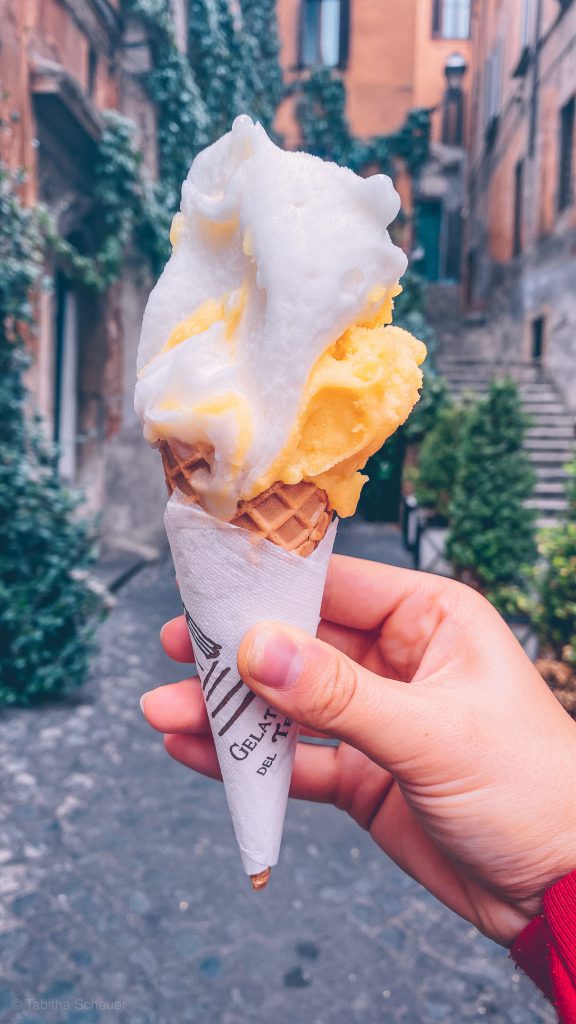
Castel Sant’Angelo
‚The Castle of the Holy Angel‘ is a circular castle-like building. The best views are guaranteed from the ‚St. Angelo Bridge‚, or simply stroll around this area and enjoy the beauty of this castle from different perspectives. It’s also very beautiful to be there during night-time as it gets less crowded.
Castel Sant’Angelo | 09:00-19:30 | €14 regular; €7 reduced; free on the first Sunday of every new month; €20 skip-the-line tickets | Location
Optional: Villa Borghese
The Galleria Borghese is a Roman art gallery hosting a huge part of the Borghese collection of sculptures, paintings, and antiques.
The beautiful naturalistic English gardens are the third largest public park in Rome. Here you can find the Etruscan Museum inside the Villa Giulia, the French Academy in Rome in the Villa Medici alongside Gothic garden of the Fortezzuola, as well as the Galleria Nazionale d’Arte Moderna and the English pavilion.
We simply went there because we had an appointment nearby and we really loved this place! After all the noise in Rome, the English gardens are filled with peace and a relaxing atmosphere.
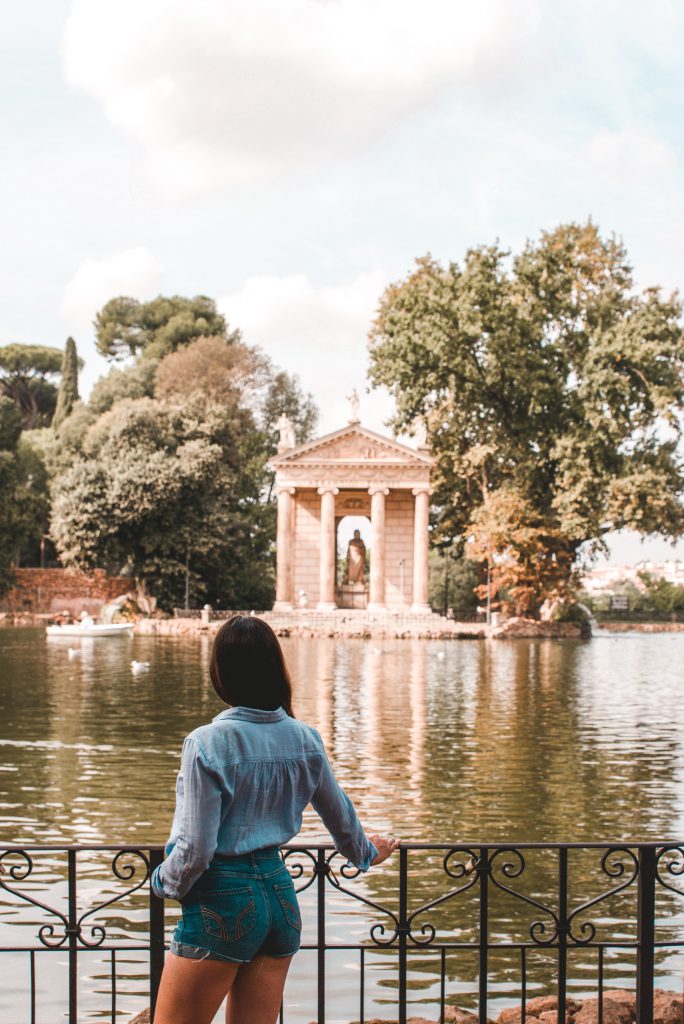
Day 2 / Ancient Rome
Our second Day of this itinerary is all about the Ancient Rome. From the Colosseum to the Piazza del Campidoglio. I promise, this day is something you will remember for the rest of your life.
Colosseum
The Colosseum – if you never ever heard of it before, rise your hands. I guess, we all heard of the Colosseum as it’s one of Rome’s most famous symbols. Make sure to get there early to take pictures, and enjoy walking around this extraordinary building without fighting the hundreds of people that will be there later in the day.
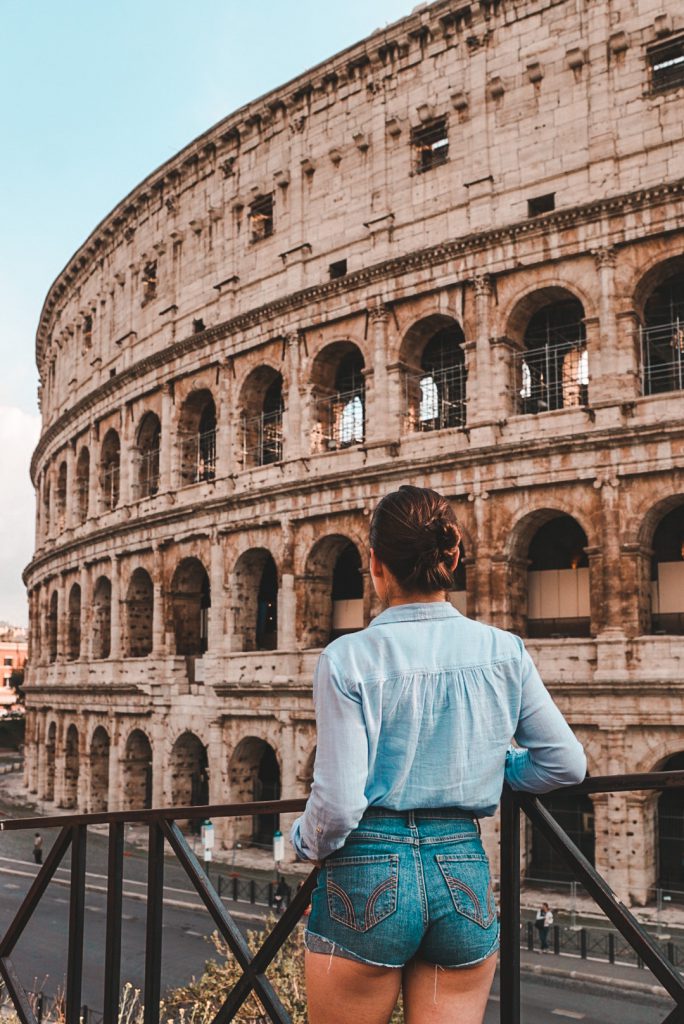
Tip: If you want to go for free, go the first Sunday of the month.
Second tip: A ticket to the Colosseum will also get you entrance to the Roman Forum and vice versa. The line for tickets at the Forum is generally shorter.
At it’s basic core, the Colosseum is the largest ancient amphitheatre located in the heart of Rome. It’s been built in just 10 years from 70 to 80 AD with the primary purpose to entertain Roman people with gladiator battles and public
Colosseum | 08:30-18:30 Mon-Sun | €12 regular, €2 reduced – tickets are also valid for the Palatine & the Roman Forum | Location
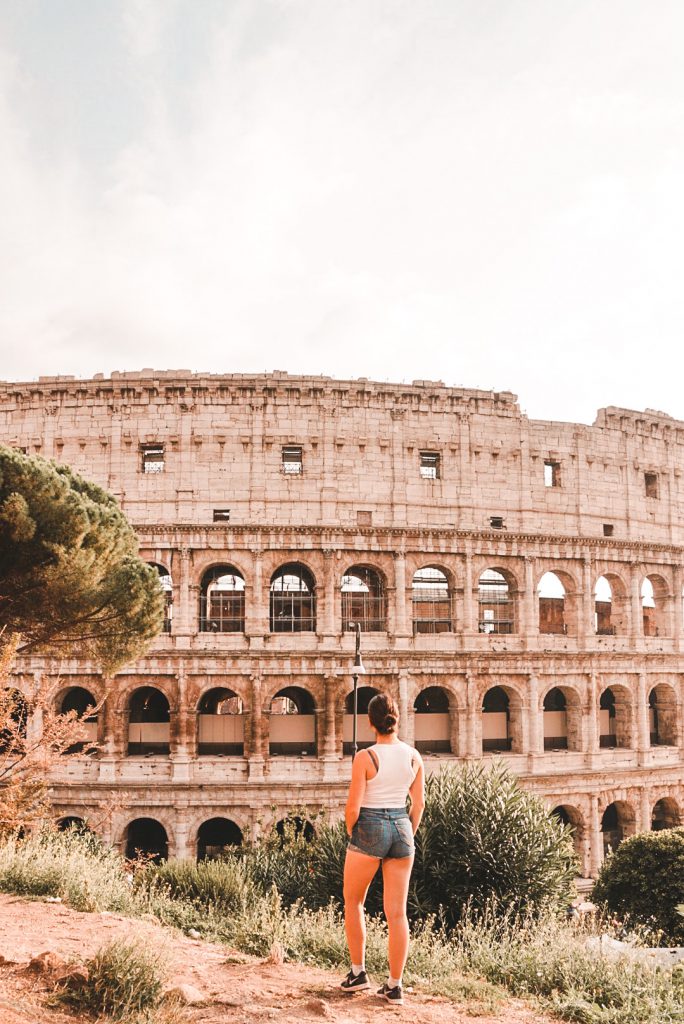
The Arch of Constantine
The Arch of Constantine is a triumphal arch in Rome, situated right next to the Colosseum. It was erected in 315 AD by the Roman Senate to commemorate Constantine I.
The Arch of Constantine | 24 hours | free | Location
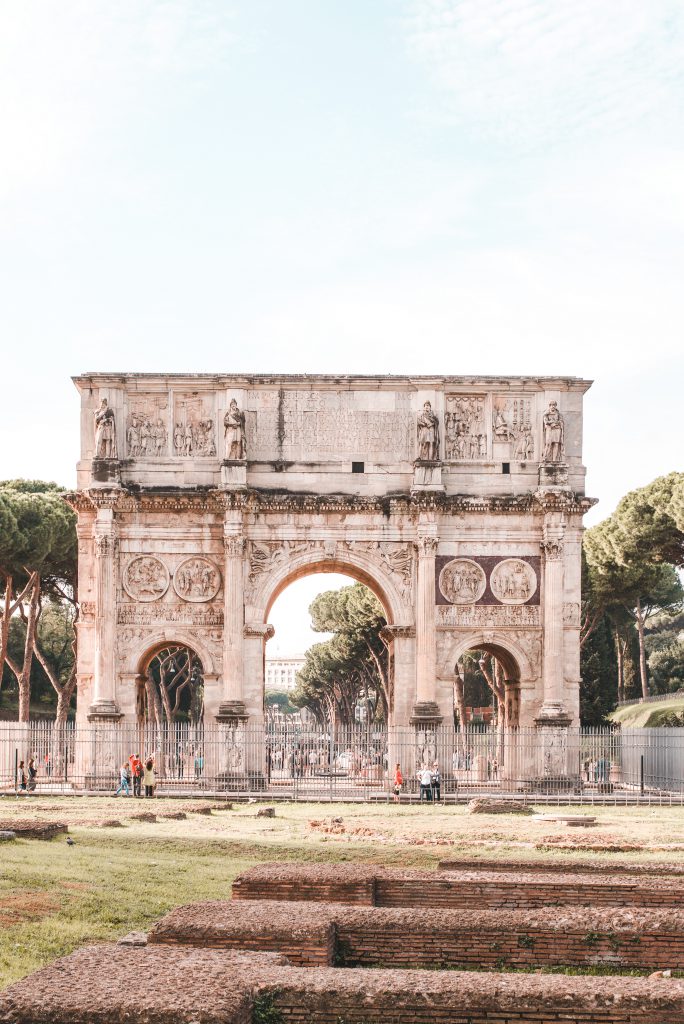
Palatine Hill
Palatine Hill is one of the seven hills on which Rome was built. During the Roman Empire, it was the hill where the aristocrats lived. Today, Palatine Hill is considered one of the city’s most beautiful attractions, providing a spectacular view of Rome and the Colosseum.
Palatine Hill | 24 hours | free | Location
Roman Forum
Right near Palatine Hill, the Roman Forum used to be known as „downtown“ Rome.
Roman Forum | 08:30-19:30 Mon-Sun | €12 regular, €2 reduced – tickets are also valid for the Palatine & the Colosseum | Location
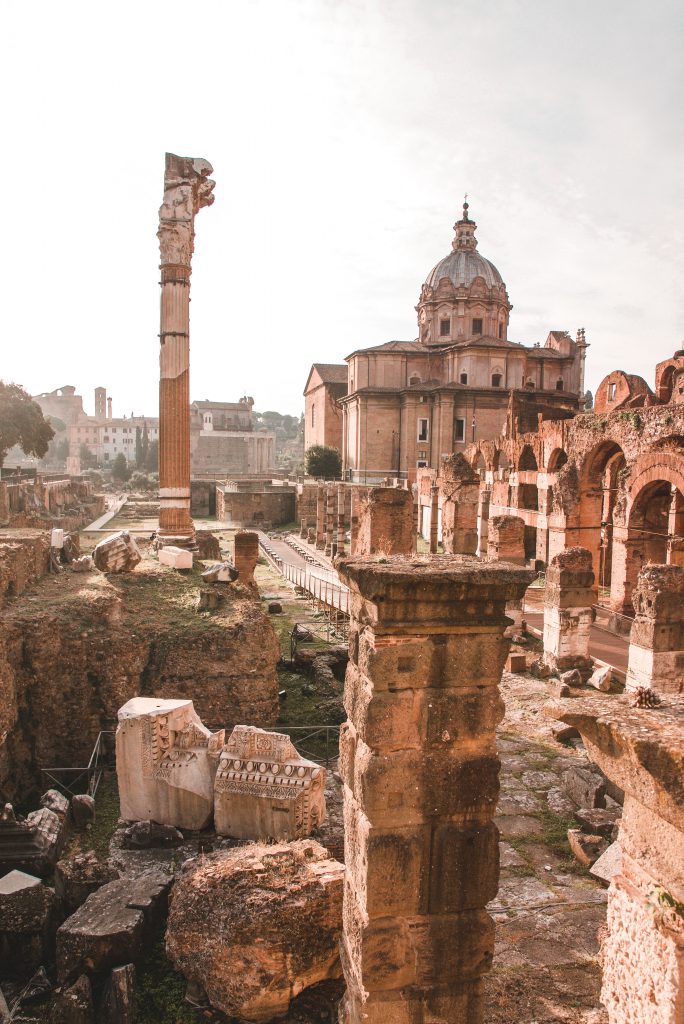
Capitoline Hill
After visiting the Roman Forum (and maybe its museum), head over to Capitoline Hill. It is the smallest but most important of the seven hills of Ancient Rome. While its history is fascinating, today, it is home to several important buildings and the Piazza del Campidoglio. Back in the 1500s, famous sculptor and painter Michelangelo designed the piazza and the surrounding Palazzo.
In the middle of the Piazza del Campidoglio is a statue of Marcus Aurelius, an ancient Roman emperor. Behind the statue is the Palazzo Senatorio, the home of Rome’s municipal government.
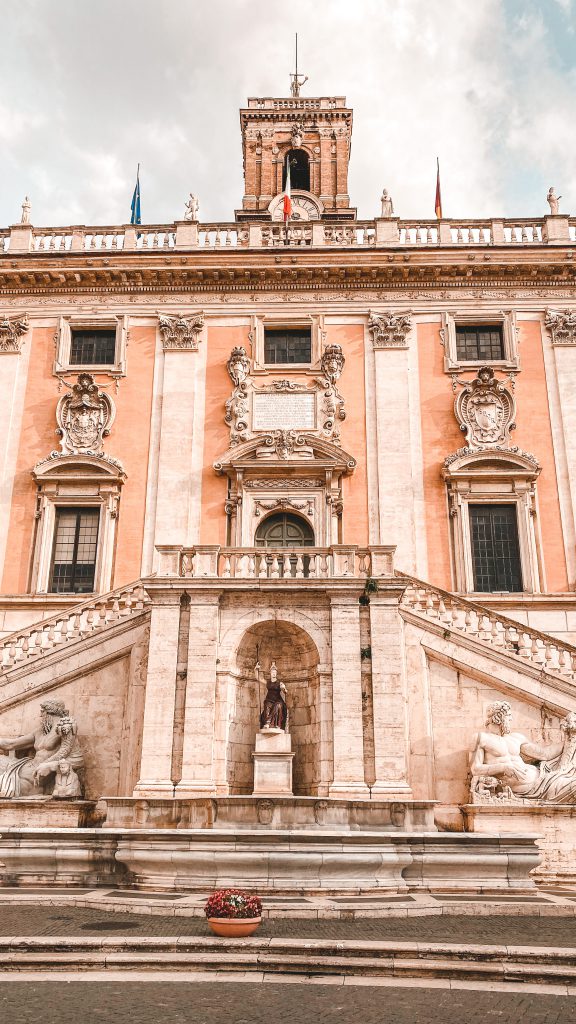
At the front of the building you can see a fountain featuring Dea Roma and the river gods of the Tiber and the Nile.
To the right you can see Palazzo dei Conservatori where the Capitoline Museum and the Library of Archeology are located.
To the right is Palazzo Nuovo, also part of the Capitoline Museums.
If you want an impressive view of the Roman Forum, take the small laneway between the Palazzo Senatorio and Palazzo dei Conservatori. Under the archway you’ll find the impressive and free view.
Capitoline Hill | 24 hours | free | Location
Basilica di Santa Maria in Ara Coeli
One of the most impressive churches I’ve ever seen is Basilica di Santa Maria in Ara Coeli (Basilica of St. Mary of the Altar of Heaven).
Located at the top of the Capitoline Hill, the Basilica is hidden between the impressive Altar of the Fatherland and the Capitoline Museums.
First, there are two ways to get into the church. You can get inside by taking the Scalinata dell’Ara Coeli (stairway of the Altar of Heaven), and after 124 steps, you’ll be at the front door. Or secondly, if you are already in Piazza del Campidoglio, go in between the Palazzo Senatorio and Palazzo Nuavo.
Once you’re inside, take a moment to enjoy this impressive building and all the grandeur of a king’s palace. Stunning wooden ceiling, patchwork flooring, tombs (designed by Donatello and Michelangelo) of marble laid.
Inside is also the famous Santo Bambino of Aracoeli, a wooden figure of Jesus, as a baby, wearing a crown. It’s famous because not only was it blessed by two popes, but it was stolen in 1994.
Basilica di Santa Maria in Ara Coeli | 07:00-19:00 Mon-Sun | free | Location
Vittorio Emanuele II Monument / Altar of the Fatherland
After visiting the magnificent Basilica, go outside to the Vittorio Emanuele II Monument, also known as the Altar of the Fatherland, established in 1911. It looks a little out of place since it’s not only a newer building, but also because it sticks out from its surroundings. It’s one of the largest buildings in the centre of Rome, and many Romans have a love/hate relationship with it.
The monument is named after the first king to unite Italy. At the top of the monument stands a huge statue of King Vittorio Emanuele II on horseback, and the lower part is the tomb of the Unknown Soldier, in the memory of the Italian soldiers who fell in world wars.
Vittorio Emanuele II Monument | 24 hours | free | Location
Museum | 09:30-17:30 Mon-Sun | free
Trajan’s Forum
As the population of Rome grew, there was a great need to expand. That’s how Trajan’s Forum, Market and Column came to be.
Trajan was a Roman Emperor, known for the greatest expansion of military and territory in Roman history. Back in the days, the forum was a place for Romans to gather.
On the northern end of the forum is Trajan’s column. This 30-metre tall column depicts two of Trajan’s military conquests.
Trajan’s Forum | 09:00-18:30 Mon-Sun | free | Location
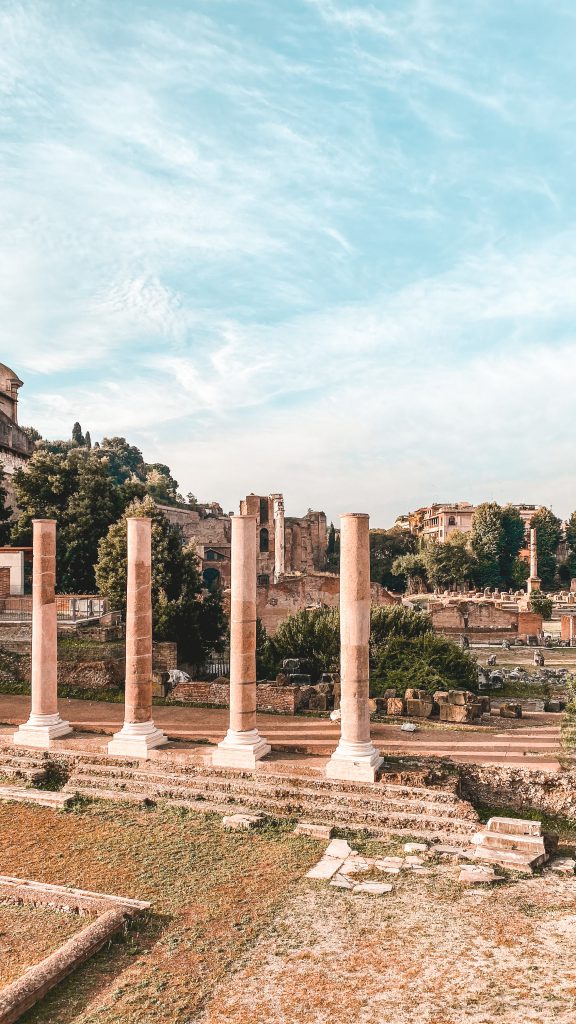
Largo di Torre Argentina
Largo di Torre Argentina, where the ruins of four temples are, is an important piece of history of Julius Caesar. Looking west, behind the Temple of Fortuna, is where Julius Caesar was stabbed 23 times by his senate.
Today, Largo di Torre Argentina is home so something spectacular. The Torre Argentina Cat Sanctuary, home to hundreds of felines.
Largo di Torre Argentina | 24 hours | free | Location
Evening views at Piazza del Campidoglio
You made it! And hopefully enjoyed the tour exploring ancient Roman history. Now, after getting some food hopefully, walk the hill up to Piazza del Campidoglio. Make your way up Capitoline Hill to an incredible view. It’s really a great place to wander around and watch the sunset over ancient Rome.
Castel Sant’Angelo | 24 hours | free | Location
Day 3 / Vatican City & getting lost in Trastevere
The third day of our trip is dedicated to the Vatican, world’s smallest state, a magnet for tourists from all over the world, and the home of the Pope.
Tip: Since Wednesday is the day of the Pope’s Mass, it is not worth visiting the Vatican on Wednesdays. Saturday and Sundays are bad days for a visit too, since the Vatican Museums are closed. If you only want to see the Basilica, it will be fine.
Pro tip: Check on Google to make sure that your visit doesn’t happen to be on a Christian holiday. Then, the Vatican will be more crowded than usual.
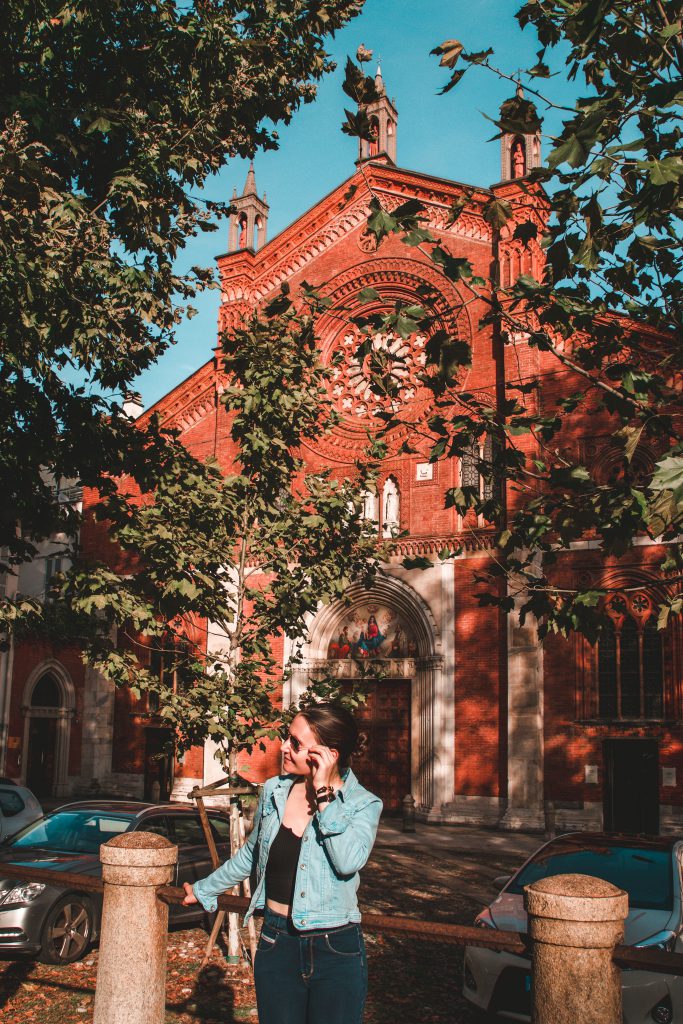
Vatican Museums
Here, over 20.000 works are on display, and that’s not even close to half of the whole collection. Therefore, some say that the art collection owned by the Vatican is the largest in the world. If you think about it, the thousands of artefacts, artworks, and sculptures have been collected by Popes over the centuries.
The art gallery included works from Raphael, Leonardo da Vinci, Vincent Van Gogh, Picasso, and many more.
Every 4th Sunday of a new month, the Museum is free to the public.
Vatican Museums | 09:00-16:00 Mon-Sat; Closed Sun | €12 for skip-the-line tickets; also valid for the Sistine Chapel | Location
Gallery of Maps
Making your way from the museum to the Sistine Chapel, you’ll head down one of the long narrow galleries, one of which is the Gallery of Maps.
The gallery contains regional maps designed in the 1500s of places all over Italy.
Gallery of Maps | part of the Vatican Museums | Location
Sistine Chapel
Unfortunately, pictures are not allowed in the Sistine Chapel. But there are so many reasons why you just need to see it for yourself.
While most of the Sistine Chapel was designed and painted by numerous artists between 1477 and 1541, it was Michelangelo that brought it fame. The incredible ceiling and altar was designed by him. The creation of Adam is likely the most famous panel.
His other piece, The Last Judgement, covers the wall of the altar.
Sistine Chapel | 09:00-16:00 Mon-Sat; closed on Sun | €17 regular; €8 for students or people under 18 years; free entry on the last Sunday of a month | Location
Basilica San Pietro
Basilica San Pietro (St. Peter’s Basilica) is one of the largest churches in the world and is considered to be the holiest shrines in the Catholic religion. The building that stands today dates back to 1626, replacing the ‚old‘ St. Peter’s Basilica.
It is home to the St. Peter’s tomb, as well as over 100 other tombs. You’ll also be able to see Pieta by Michelangelo, depicting Mary and the body of Christ and a bronze statue of St. Peter holding the keys to heaven.
Other points of interest within the basilica are the altar, the apse, the nave, the crypt and of course, the dome.
Basilica San Pietro | 07:00-18:00 Mon-Sun | free | Location
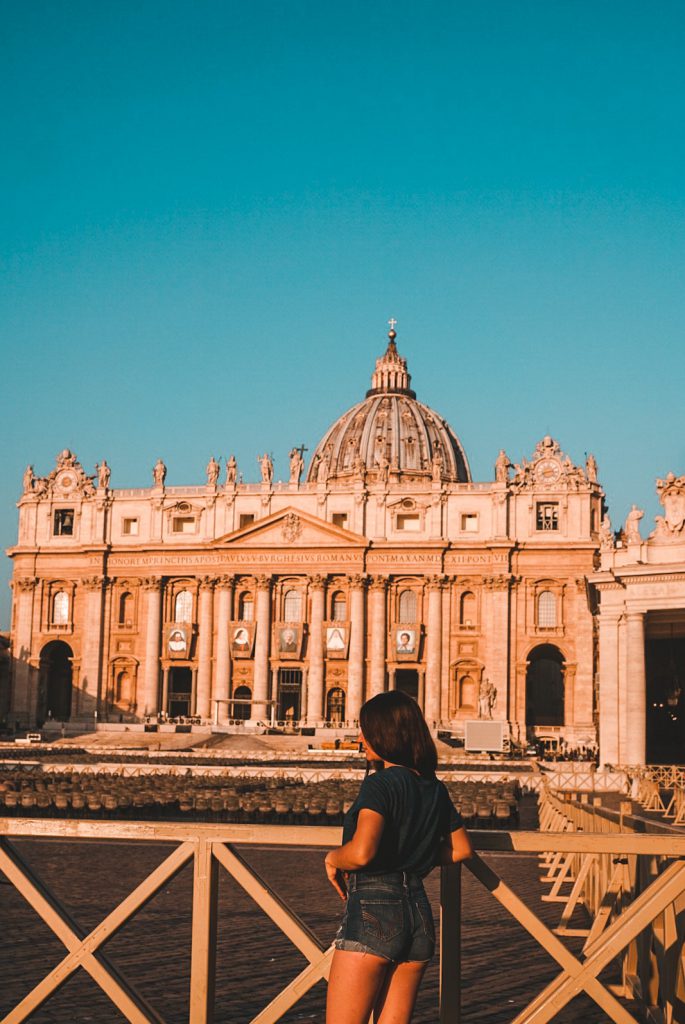
Basilica Dome
The dome of St. Peter’s Basilica is an iconic landmark of Rome’s skyline. Climbing to the top of the dome is like a pilgrimage for travellers who want to see the best view of Rome. You can climb all 551 stairs. But let me tell you that they are in extremely small, stuffy spaces.
Although the view is really spectacular, I felt uncomfortable. It feels over-crowded, too hot, and if you are familiar with claustrophobia (I’m not), skip it. If you still insist on climbing, I highly recommend that you get there as soon as it opens. Further, you can purchase a ticket that includes using the elevator. With that you can skip the first 230 stairs.
Basilica Dome | 07:00-18:00 Mon-Sun | €8 | Location
St. Peter’s Square
Lastly, end your Vatican visit with a wander through St. Peter’s Square. It features a stunning view of the facade of St. Peter’s Basilica and is surrounded by huge columns.
St. Peter’s Square | 24 hours | free | Location
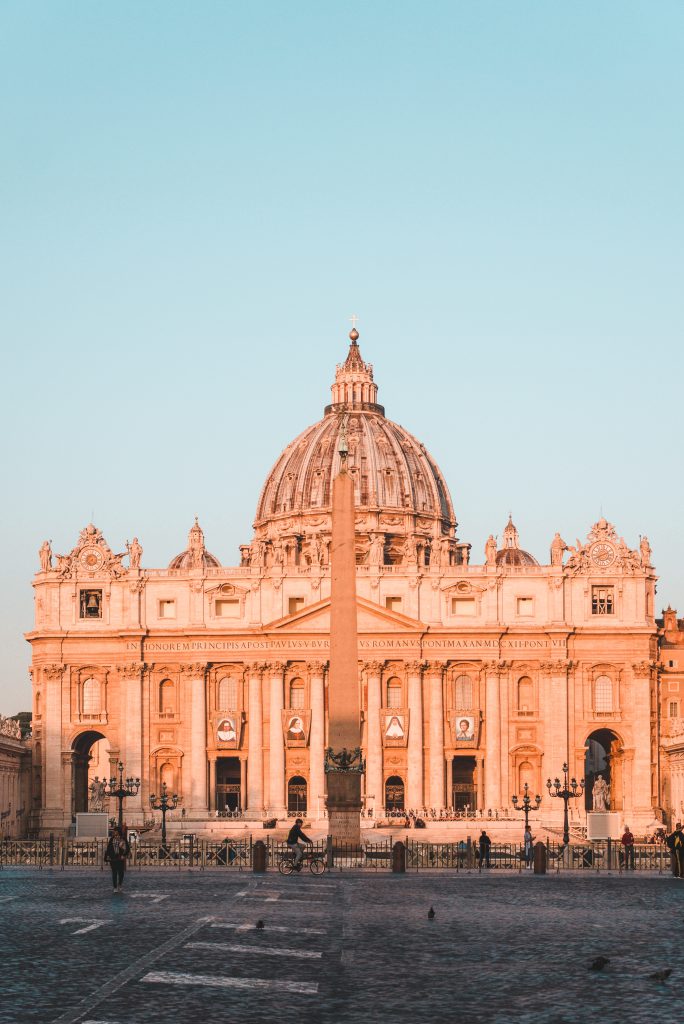
Getting lost in Trastevere
After seeing the Vatican City, explore Trastevere. It’s so charming with its ivy covered buildings, cobblestoned alleyways and outdoor restaurants. Therefore, Trastevere is known as the coolest neighborhood in the city, and rightly so. It is full of small alleys, old buildings, decked with graffiti and lots of bakeries, cafes, and restaurants. The thing I loved most about this area is that it is much less touristy than the other places we visited in the city. The atmosphere is much more relaxed.
If you’re a fan of vintage markets, visit the flea market on Sunday!
Trastevere | 24 hours | free | Location
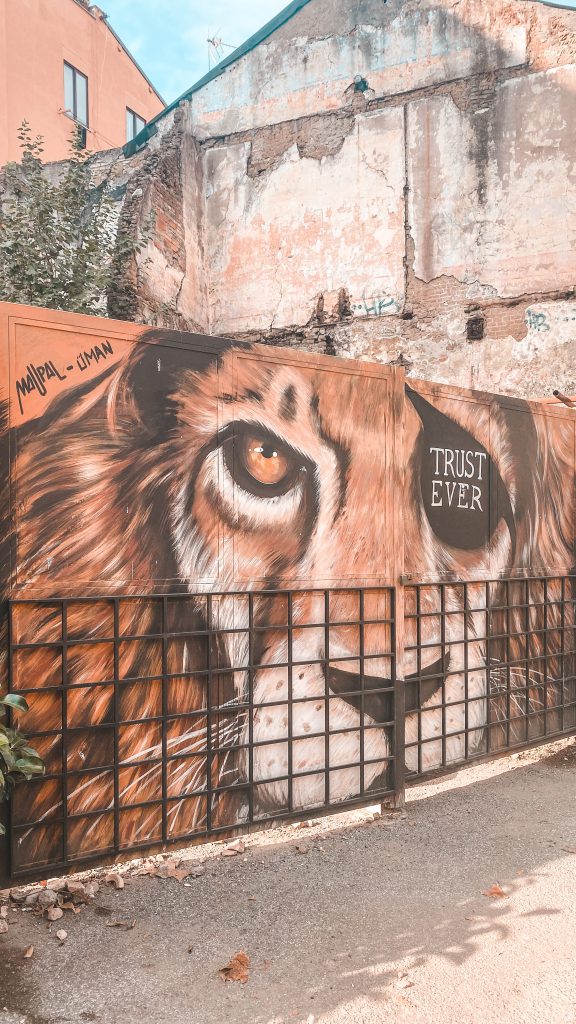
Evening views at Giadino delgi Aranci
Today, catch the sunset from this incredible viewpoint of the entire city. The Garden of Oranges honestly is the best spot to watch the sunset over Rome.
Giadino delgi Aranci | 24 hours | free | Location
All the information you need to plan your own 3 Days in Rome itinerary
I believe that a little pre-planning, research, and understanding what you are looking for in a destination, will help make your travels far more successful. Here’s some further information I think you might need to plan your own 3 Days in Rome itinerary.
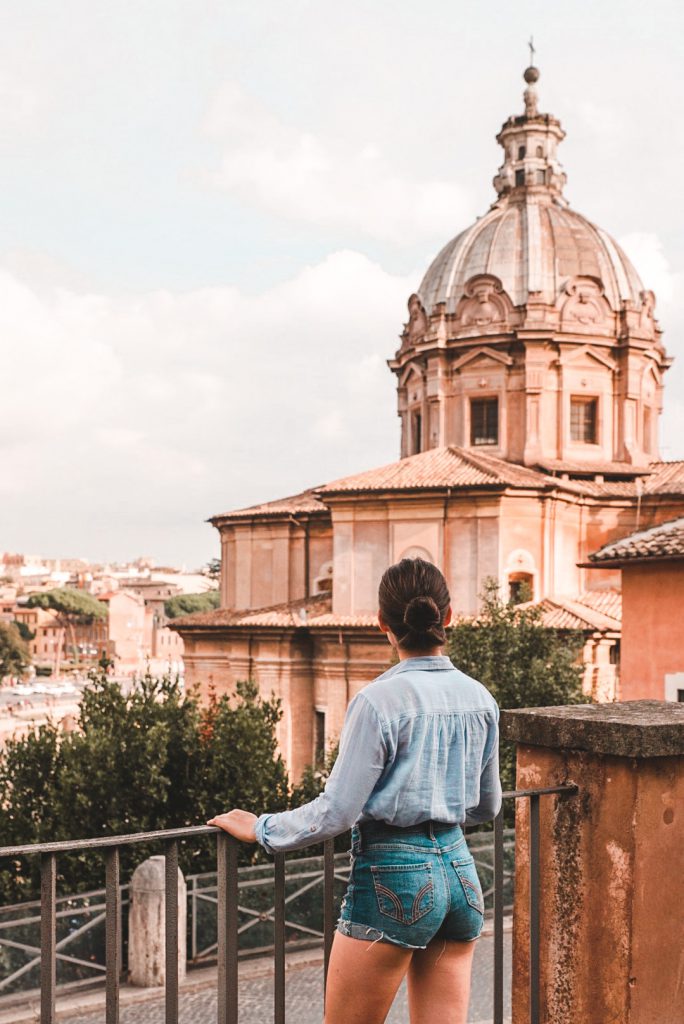
Getting to Rome
We arrived by train, but I assume that most of you use the airplane. Hence, you’ll find yourself at Fiumicino airport.
Now, you can get into town by train – the Leonardo Express – which will set you back €14, and reaches Romana Termini station in 30 minutes. From there on, you can find metro, bus, or taxi.
Second, by direct taxi. It costs about €48 to get into the city. Watch out for drivers who try to trick tourists into paying a higher price.
Getting around in Rome
Most of our wandering in Rome was done by foot. Since the metro in Rome is small, and has only three lines that reach all of the city’s main attractions, it often was more comfortable to walk 500m instead of walking 300m to the metro station. From what I’ve read, during rush hour and weekends the metro is extremely crowded, up to the point that it’s hard to enter it.
Of course you can also use trams and buses. A ticket to the bus, metro, and tram costs €1.50 and lasts for 75 minted. A daily pass costs €7 and lasts 24 hours. Tickets can be purchased at metro stations, tourist information stations, and newspaper stands.
Very important – before traveling on public transportation it is important to validate the ticket in the appropriate machine to avoid a fine.

Best time to go to Rome
Spring and fall are the best times to go to Rome. The weather is not that hot, and there are fewer crowds. Try to avoid to travel during holidays as it will be much more crowded than.
Good to know before you go
Most toilets in restaurants, public washrooms and even restrooms that you pay for may not have a toilet seat. At least, you’ll get a good squatting technique by the end of your trip.
Moreover, most restaurants – even if you’re a guest – will charge you a fee for going to the toilet.
Most places in Rome accept credit cards, but I advice you to keep some cash to pay tips, and tickets for bus, tram and metro.
Usually, a ’service charge‘ on the restaurant bill is already worked in.
Will you visit Rome anytime soon?
Share your thoughts in the comments about Rome, whether you’d like to visit, and what you would want to see the most!
I hope you liked this 3 Days in Rome Itinerary. Here are some more posts you might enjoy:
- Ultimate Guide to Florence Italy
- Instagram Spots in Milan
- How to spend 24 hours in Venice
- Italy Travel Tips
Love this post? Pin for later!
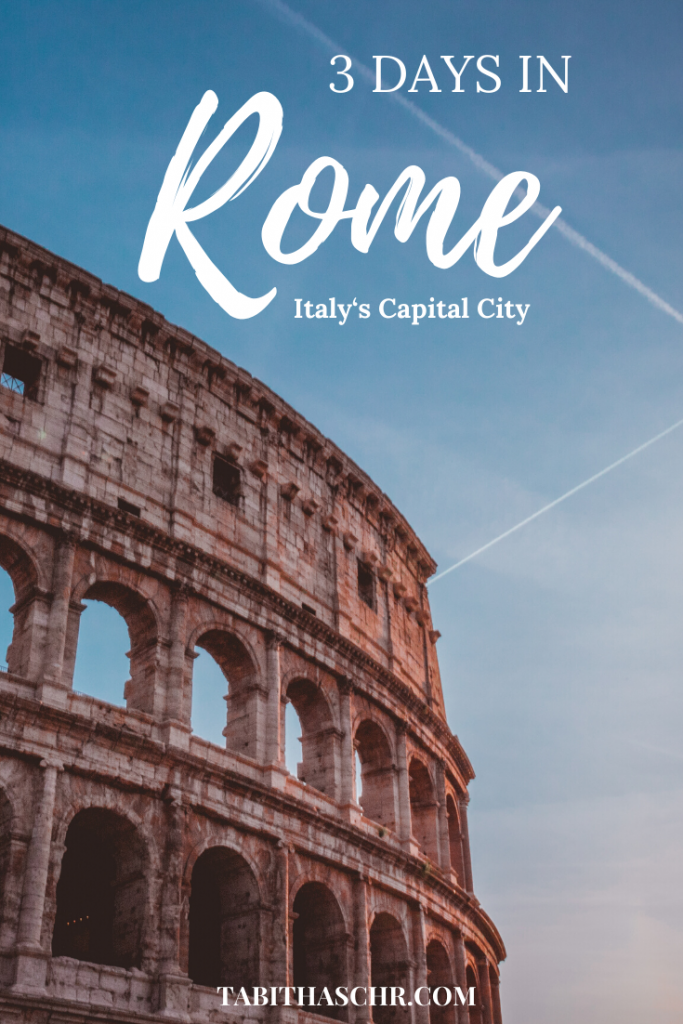

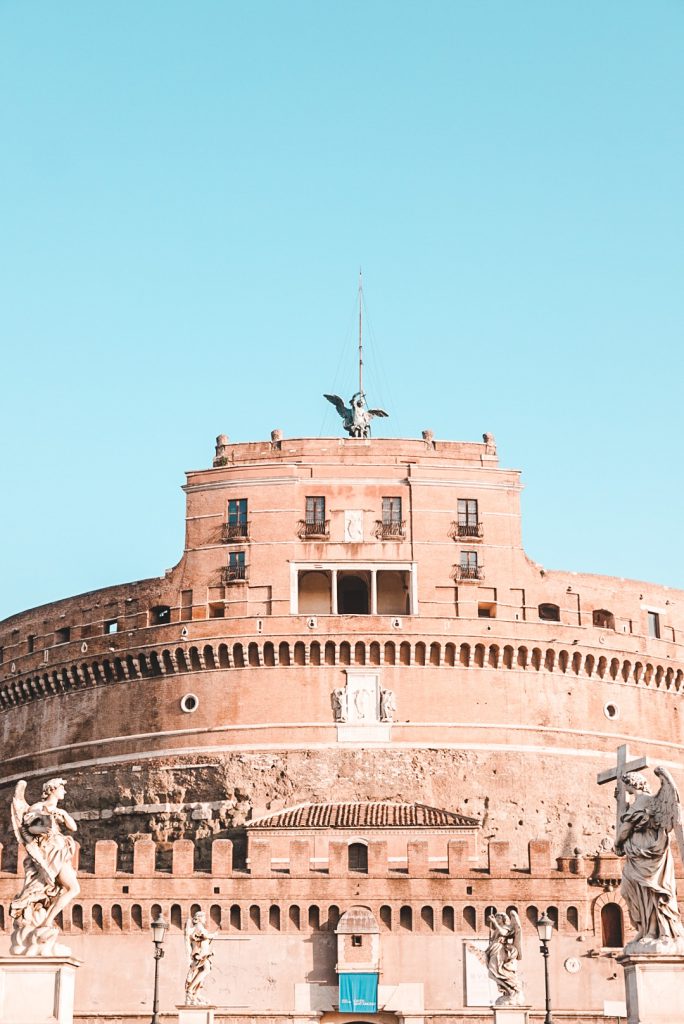
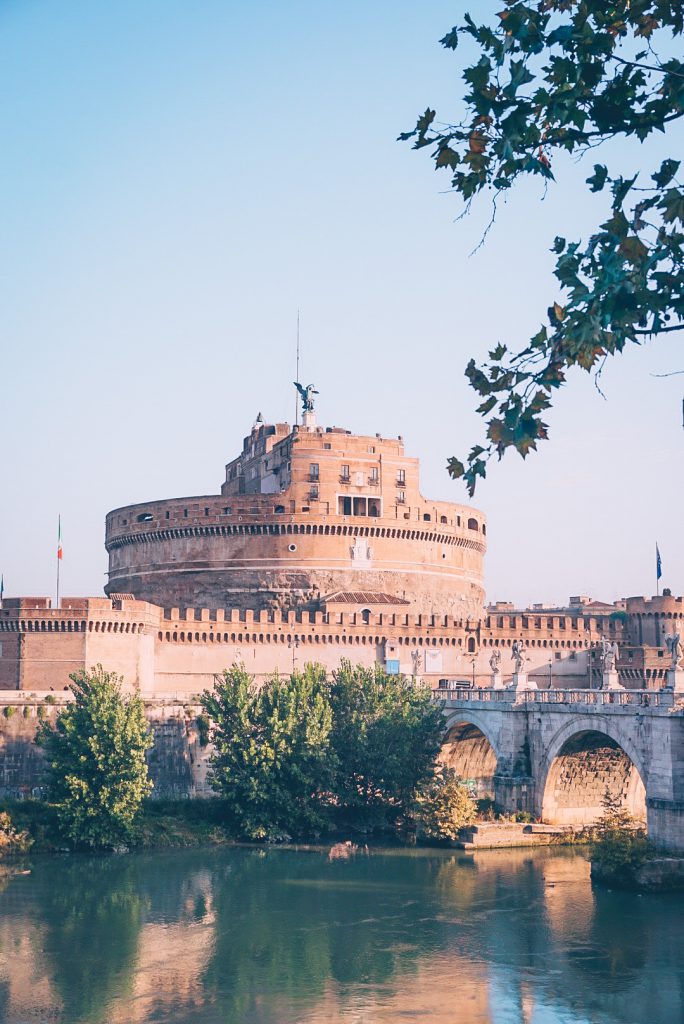
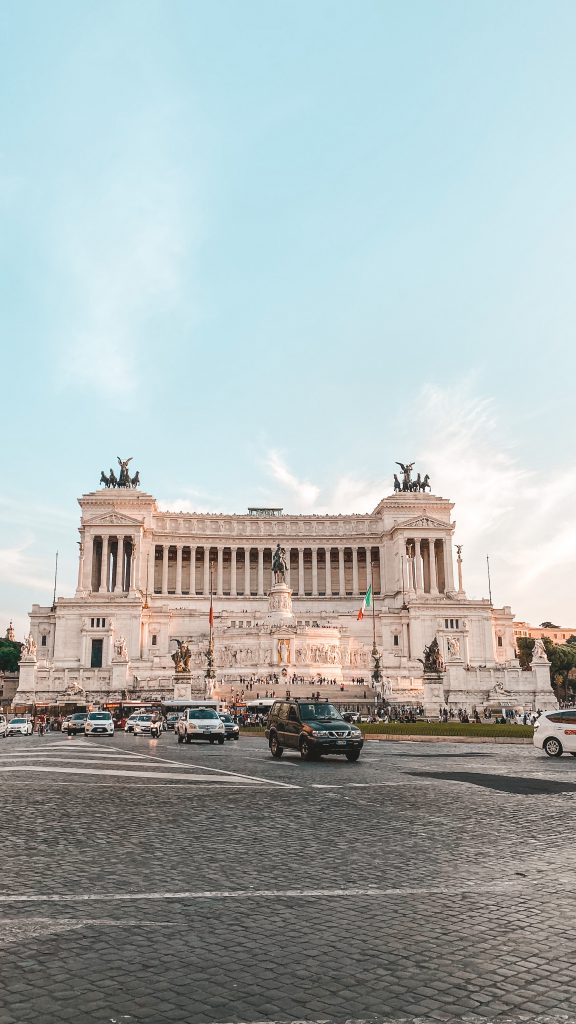
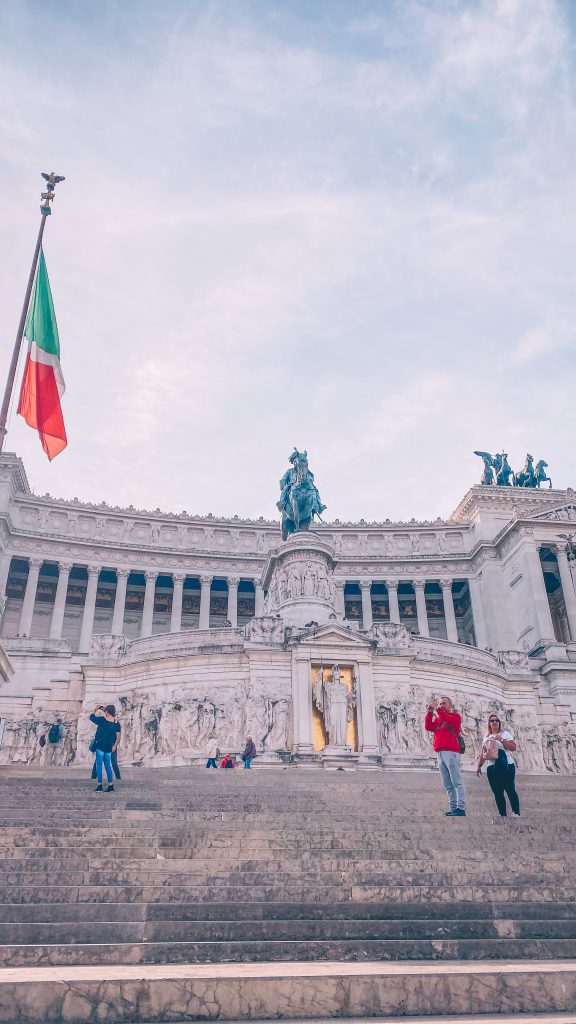
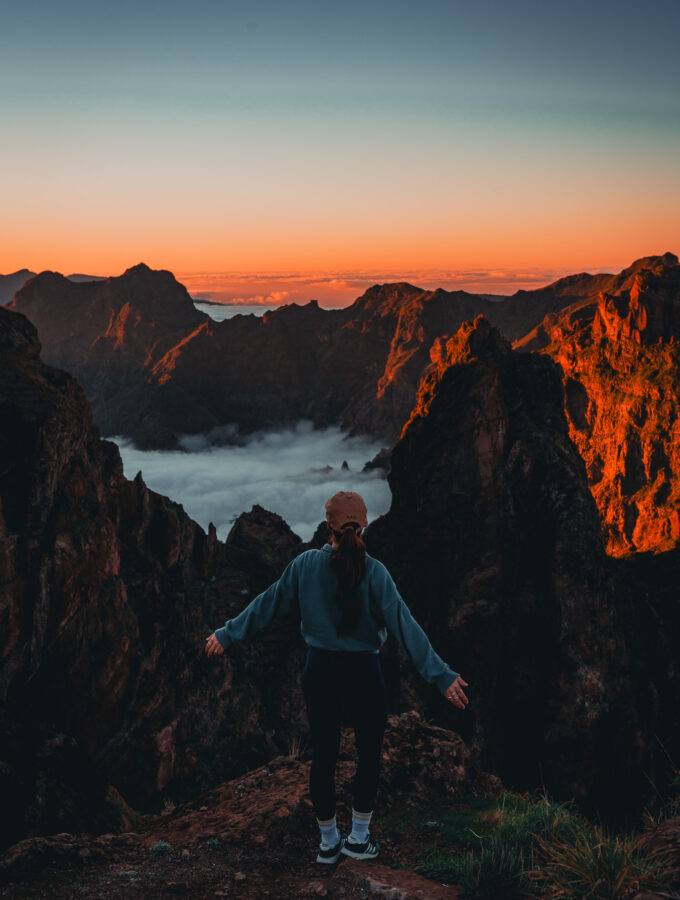
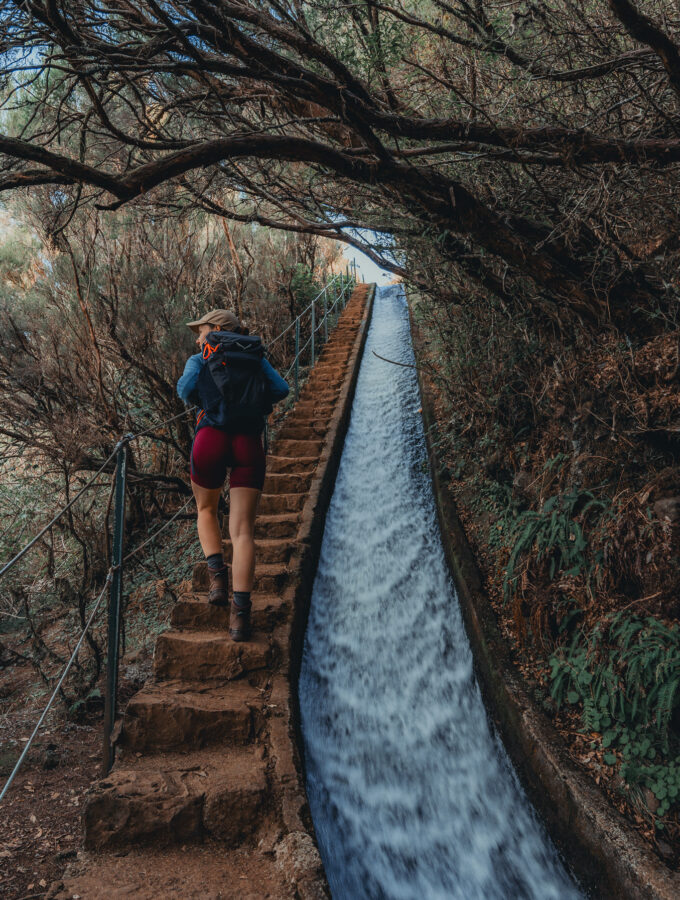

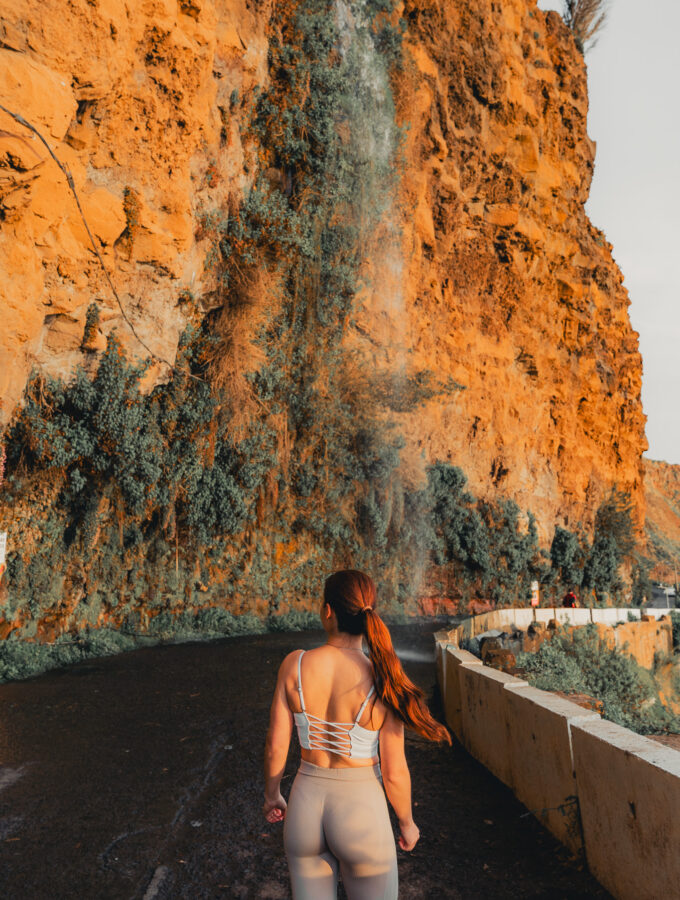
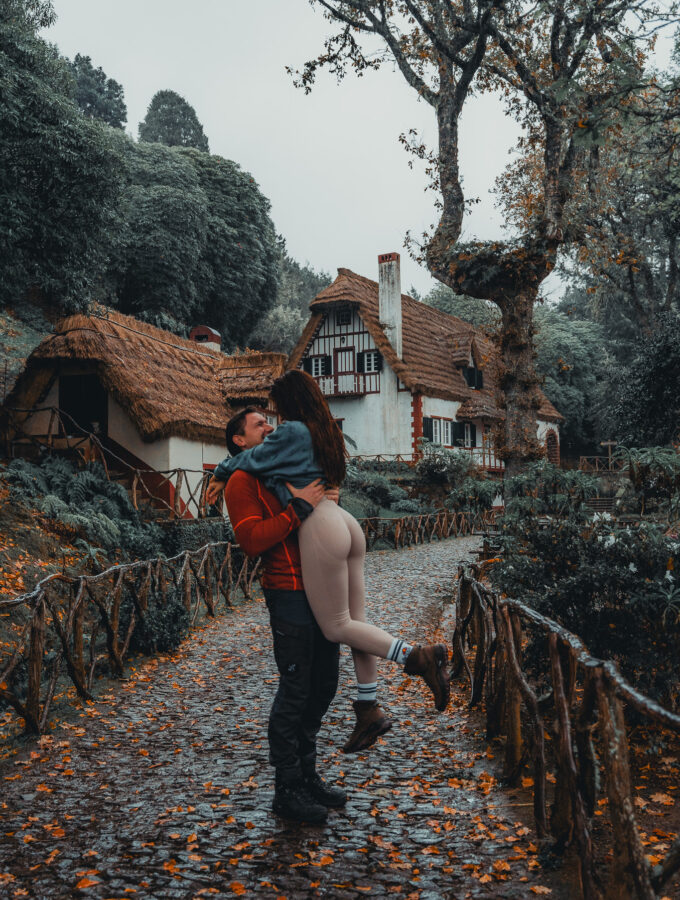
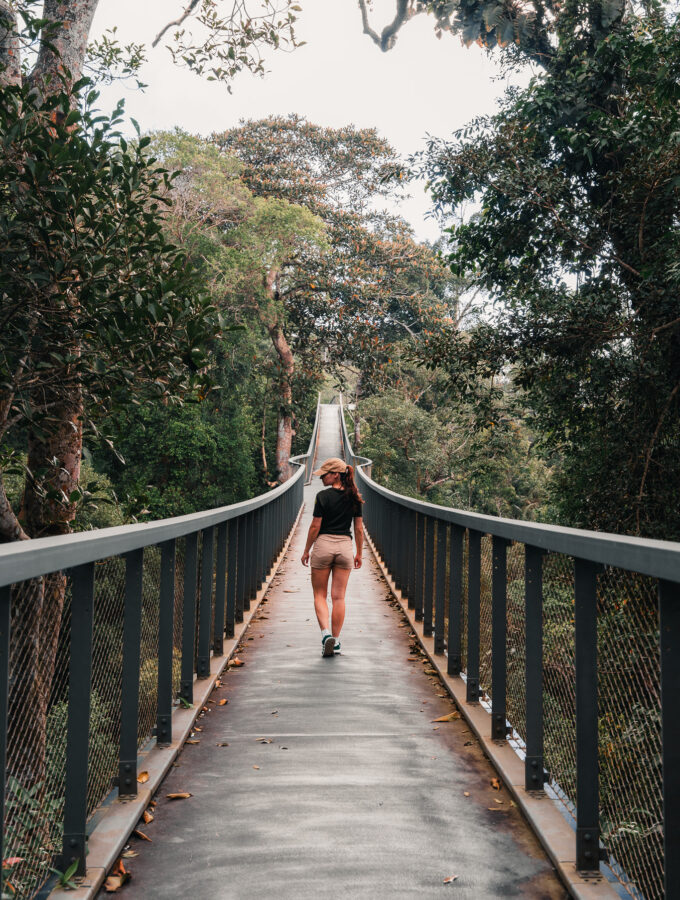
Wow! This really is a ‚full‘ guide! Love it.
Thank you so much!! 🙂
Love your Rome Guide! Can you do a guide on Positano please??
I will do one for sure. <3